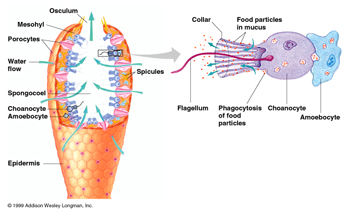There is no heart, no veins, no arteries, and no blood on the sponge. However, they achieve gas exchange and nutrient consumption through the movement of water. Water is drawn into the sponge through the inner choanocytes, and the inner choanocytes take up water from the outer pores of the sponge.
What are the five facts about sponges?
Five facts about sponges Early fossil records show that sponges lived on Earth about 600 million years ago. For animals without a complex nervous system, digestive system, or circulatory system, this is a very long time! Some deep-sea sponges can live up to more than 200 years ago. The sponge is a master filter. 5 Facts about Sponge-Sanibel Sea School
Does Sponge Have Emotions?
Sponges do not have the nervous system or organs like most animals. This means they do not have the ability to feel the eyes, ears, or anything physically. .. Since the sponge has no nerves or brain, it does not have the ability to cognitively control movement.
Does the sponge have life?
Life cycle Temperate sponges can live for only a few years at most, but some tropical and deep-sea species can live for more than 200 years.
Are sponges alive?
Sponges are one of the simplest multicellular organisms in the world. Yes, sponges are considered animals, not plants. However, they grow, reproduce and survive like plants. .. Sponges are one of the simplest multicellular organisms in the world.

Below you will find two helpful answers on a similar topic. 👇
What can high blood pressure in dogs cause?What's an ocelot look like?
